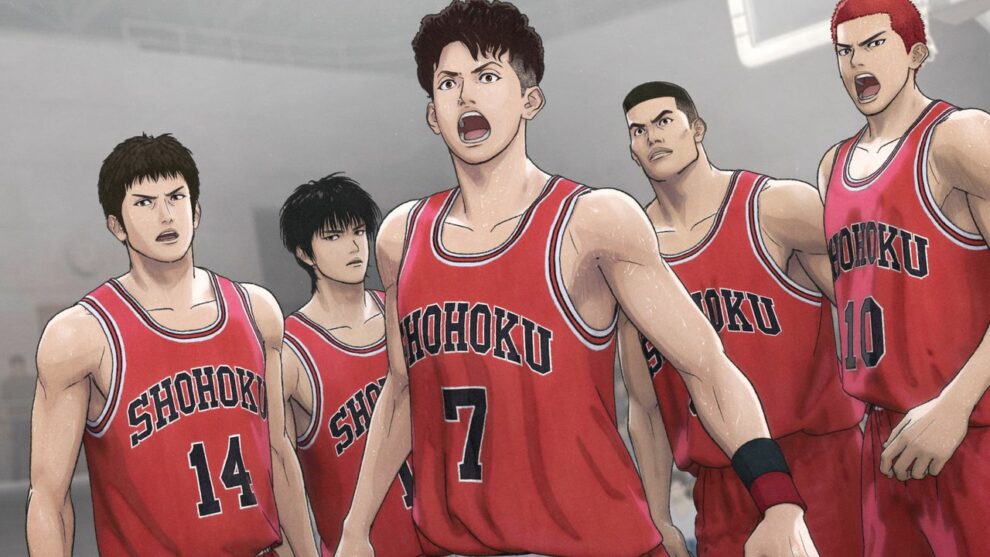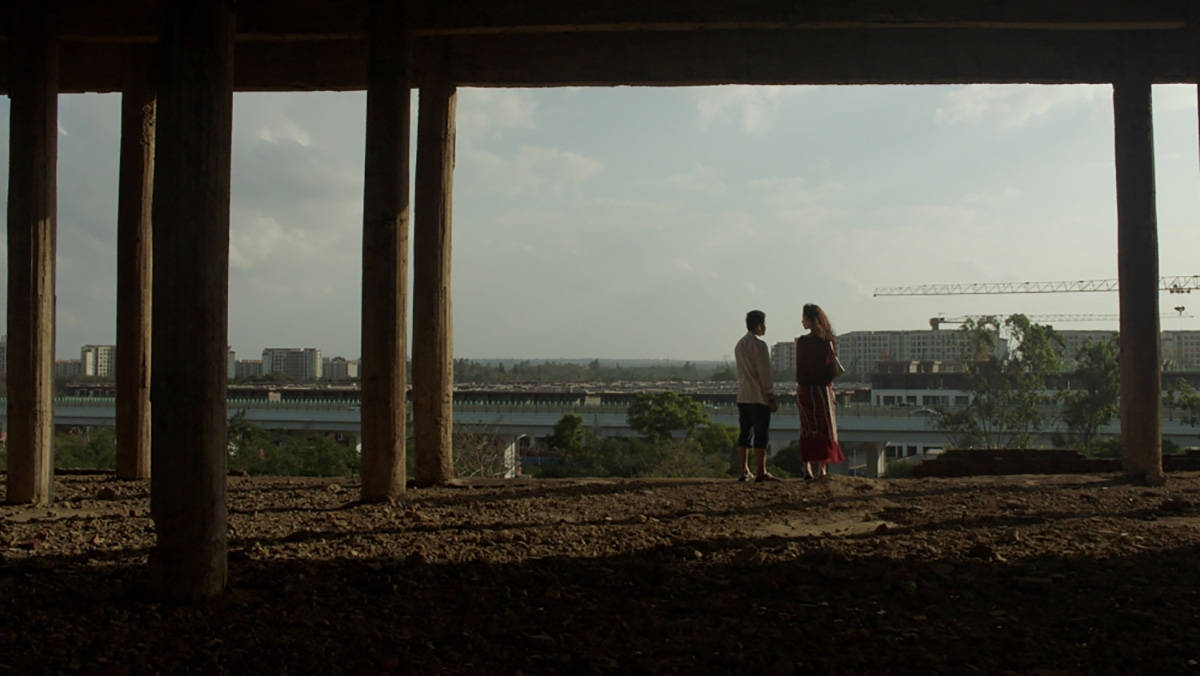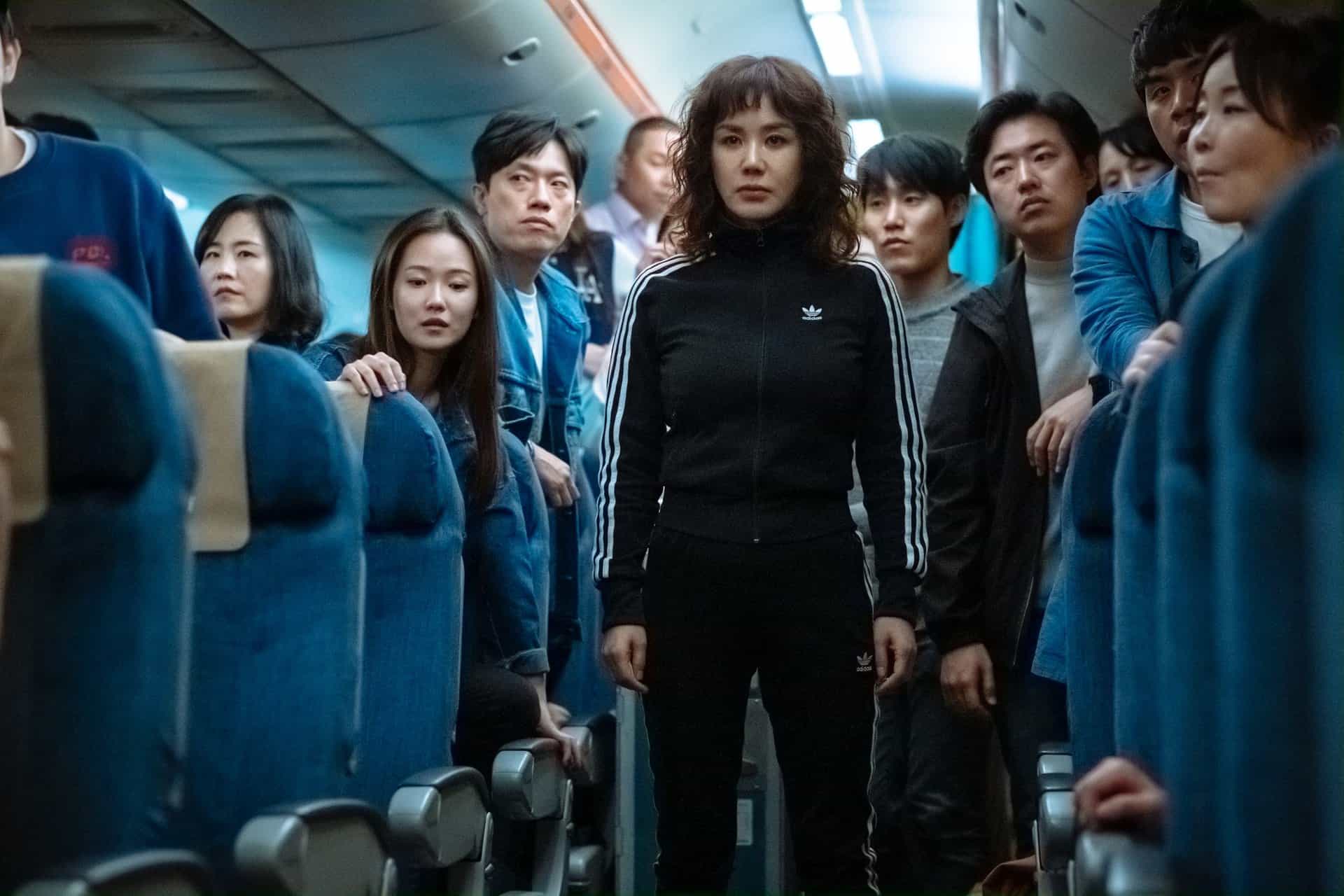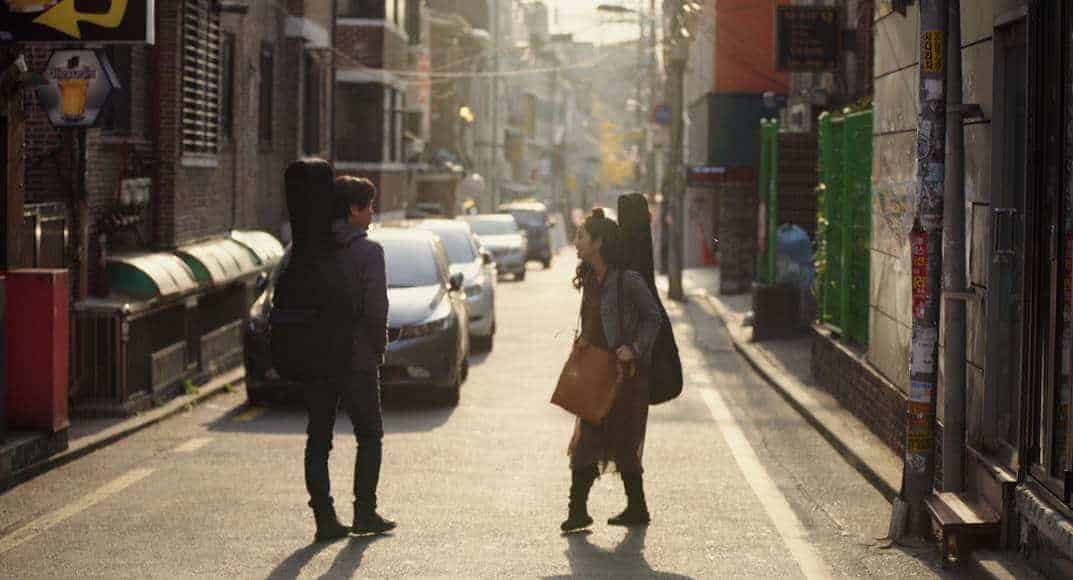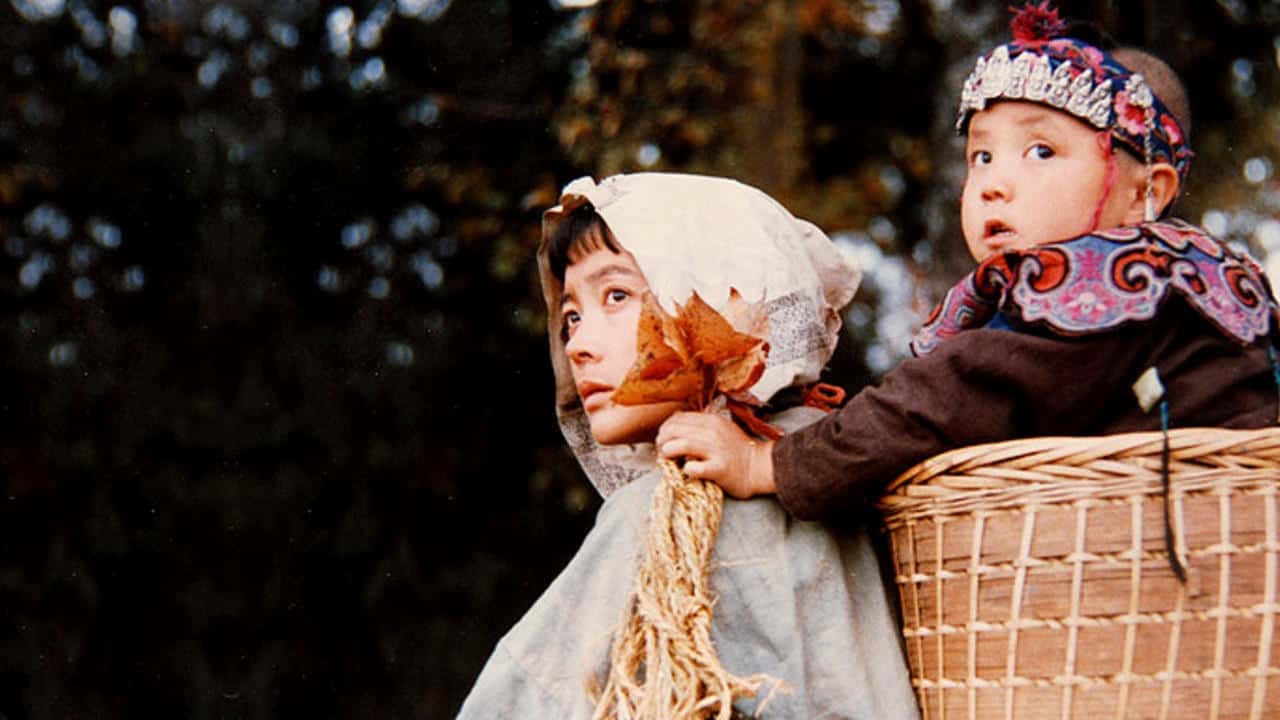With a selection from the “top of the shelf” once more, as the films of Keishi Otomo, Yuya Yagira, and the next big anime thing “Slam Dunk” eloquently highlight, Japan Cuts showcased how the top of the Japanese movie industry fares currently, while not forgetting the “hidden gems” aspect, with the returns of Yusaku Matsumoto and Daisuke Miyazaki and the presentation of “Sanka”, a film that has passed absurdly under the radar, moving into that direction. The general direction in terms of selection seemed to move towards mainstream paths, with the shorts, the animation and the documentary “I am a Comedian” adding an element of diversity. Without further ado, here is a list of this year's coverage of Japan Cuts.
You can read the full reviews by clicking on the titles
1. Interviews: Kentaro and Yuya Yagira
2. Anime Review: The First Slam Dunk (2022) by Takehiko Inoue

What is the most impressive aspect, though, is the game itself. Japanese sports anime tend to exaggerate almost every moment in the games they present, but this is definitely not the case here, although the drama is not missing. On the contrary, the realism is of the highest degree we have ever seen not only in anime, but in any kind of sports movie actually. The creators of the movie asked the help of professional basketball players to review how the game was depicted, and the result is exceptional, as they seem to have captured an intense amount of detail regarding how the sport is played. From the effort of the defender not to allow the attacker to receive the ball easily, to the on-ball defense, the double and triple teams, the zone-press, the passing game, the fakes, the rebounding (both offensive and defensive) and the battles in the paint, all are here presented in a combination of artistry and realism that ends up being quite impressive. (Panos Kotzathanasis)
3. Film Review: The Legend and Butterfly (2023) by Keishi Otomo

The movie begins with a promising start, setting itself up as a grand epic and a compelling character study with the two leads. Yet, it comes crashing down as it progresses, due to its abysmal writing, devolving into a bland J-drama with a historical backdrop. Subtlety is completely disregarded in its approach to exploring a complex romance and its themes, such as when determination goes too far. Its suspense is almost nonexistent for a political thriller, as there are few stakes to the conflicts within the narrative. It is quite surprising, considering that significant part of Japanese history is a driving force behind everything. In addition, its approach to history is unengaging, with practically a cliff-notes rundown without truly emphasizing the gravity of everything. Whenever it seems like the movie is about to go somewhere dramatically, it backpaddles. Its bland characters and atrocious pacing further hurt the experience. It's as if the screenplay asks viewers to be invested without giving any reason to care about what is happening. Considering Keishi Otomo is a director known for dynamic storytelling and compelling character development, the whole thing comes as a surprise. (Sean Barry)
4. Interviews: Keishi Otomo
5. Interviews: Ryohei Sasatani
6. Film Review: Winny (2023) by Yusaku Matsumoto
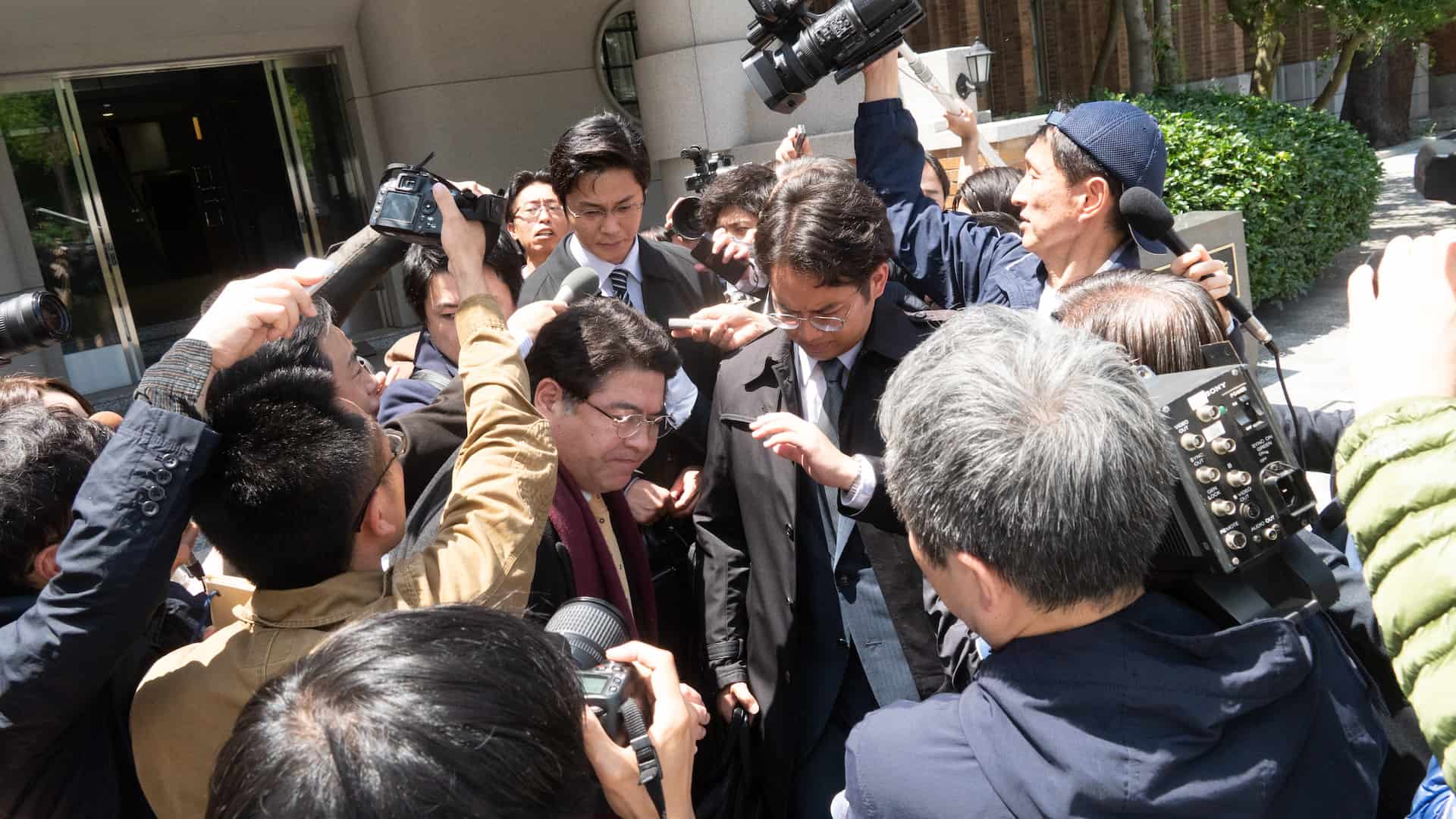
With the help of Genta Tamaki's editing, Matsumoto creates a fascinating movie that moves much faster than the majority of titles of the type, with the juxtaposition of the events in front and behind the court also adding to the overall sense of entertainment “Winny” offers. The amount of information does border on the documentary, considering how close the director stayed on the events and how realistic the court proceedings are. At the same time, the movie finds its apogee during the latter, and particularly the examination of the police officer in charge of the arrest by Akita, as much as the testimony of Kaneko himself. The preparation for the latter is also among the most captivating scenes of the movie, with the parallel editing repeatedly switching scenes between the two being another testament to both Matsumoto and Tamaki's work. Furthermore, Kentaro Kishi's cinematography is equally accomplished, resulting in shots that follow the mixture of fiction/documentary/news piece in the best fashion, without any unnecessary exaltations. (Panos Kotzathanasis)
7. Interviews: Yusaku Matsumoto
8. Film Review: J005311 (2022) by Hiroki Kono

In the absence of dialogue, moments can linger to create a sense of atmosphere, whether it be a moment to pause and contemplate the inner workings of a protagonist or build suspense for a moment that is about to come. Yet, Hiroki Kono takes this space and amps it to a perverse uncomfortableness with characters who barely speak or give a reason for their actions. Instead, the viewer becomes an observer of a stranger on a unique mission with no context of the reasoning behind it. It is a bold move that is as experimental in its approach as it is audacious to strip a film to the bare minimum. But bravado does not necessarily equal success, and “J005311” triumphs are hindered by its approach. (Adam Symchuk)
9. Film Review: From the End of the World (2023) by Kazuaki Kiriya
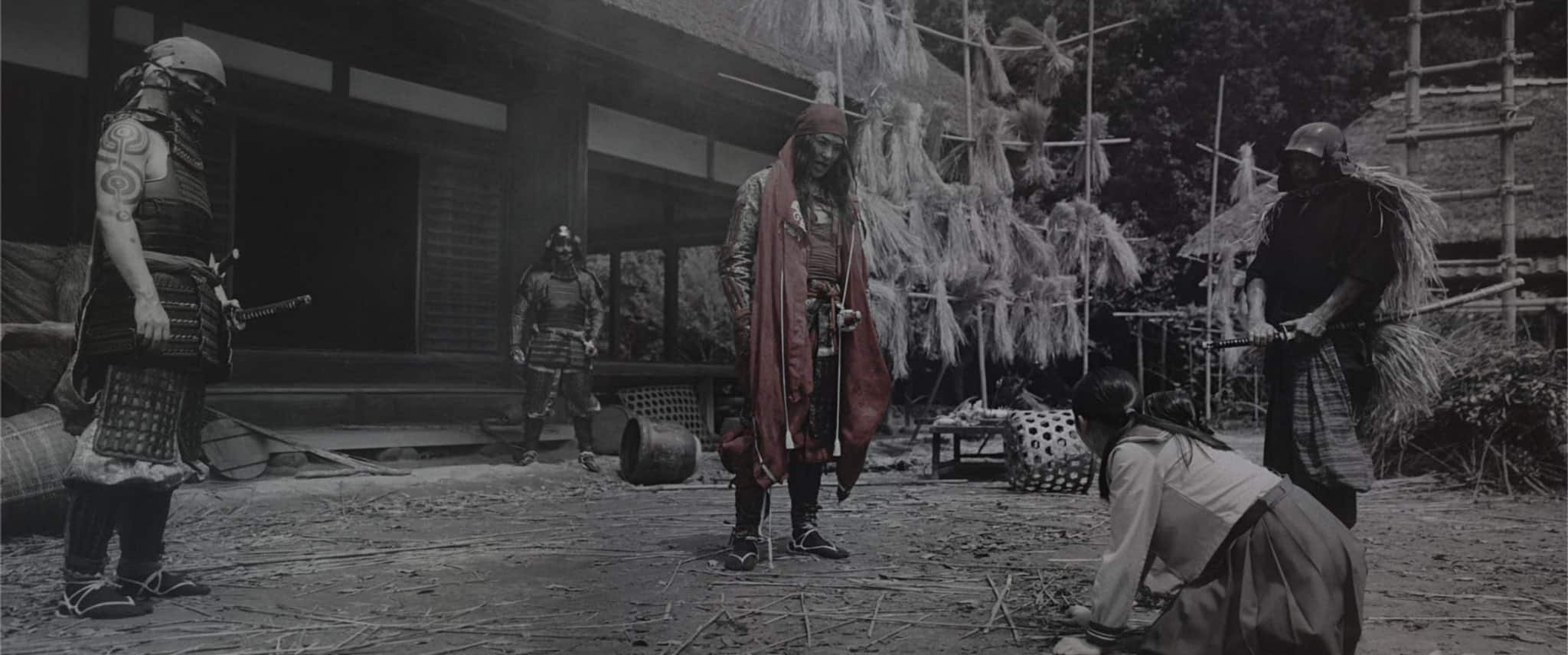
Like her character, who shoulders the catastrophic end of the world on her shoulders, 17-year-old Aoi Ito means business, with a zesty performance of adolescent angst and unbridled passion manifested in her numerous tearful displays. The rest of the cast is also none too shabby, with Mari Natsuki giving an added touch of campiness with her character that gives Helena Bonham Carter's red queen a run for her money. Aya Asahina‘ Aya's's Saeki also displayed incredibly sleek moves that gave the film a dose of adrenaline-pumping action. (Leon Overee)
10. Interviews: Fumiari Hyuga
11. Film Review: Under The Turquoise Sky (2021) by Kentaro

In that regard, the most impressive aspect of the movie is its cinematography, with Ivan Kovac presenting a series of astonishing images of the Mongolian steppe, with the long shots in particular being a wonder to look at. The same applies to when the “action” takes place inside yurts and the past arc, while the presentation of local music and its performers follows documentary paths, which are, though, equally impressive. Also of note here are the ‘white screens' showing Saburo and eventually Takeshi in their offices with a blank background, which add a very appealing stylistic element to the rural-ness of the whole production. This approach also extends to the sequence showing a vertical image of the offices and the people walking in them, in a scene that definitely reminds of Jacques Tati style (the movie is actually, a Japanese, Mongolian, French, Australian and Chilean co-production). Furthermore, the overall work in the coloring of the movie (sepia for the past, intense reds on occasion etc) is also of the highest quality. (Panos Kotzathanasis)
12. Film Review: Three Sisters of Tenmasou (2022) by Ryuhei Kitamura
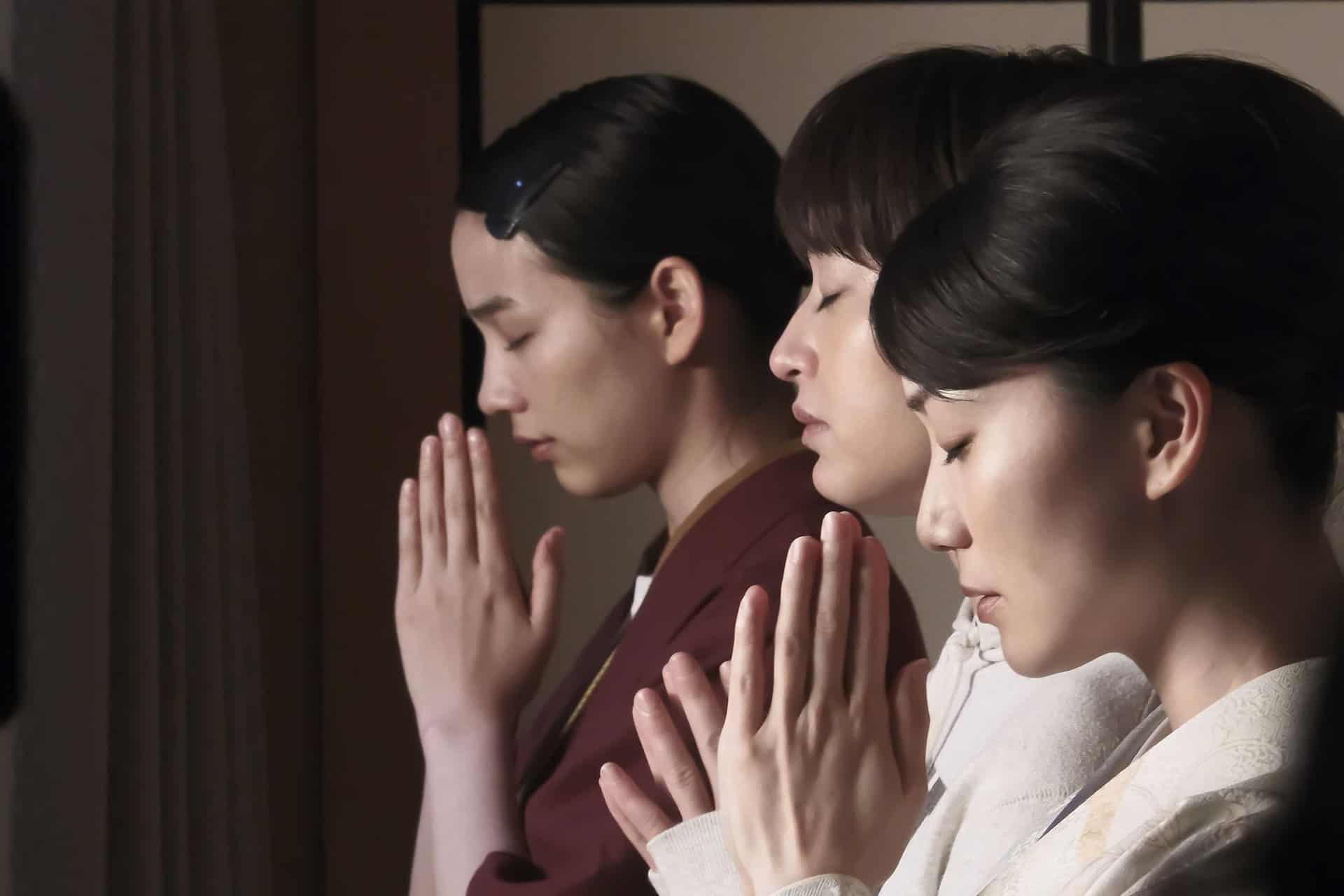
The concept of the location that is actually a stop between life and death is quite prevalent in Japanese cinema, with titles like “After Life” and the anime “Bartender” being among the most renowned. Ryuhei Kitamura, however, does not follow any of the aforementioned recipes, instead implementing the concept in order to present another Japanese-favorite genre, the family drama. In that fashion, the dynamics that are immediately created with the appearance of a half-sister that has never met her sisters and their mother before, are quite interesting, also due to the initially invisible presence of a father that seems to constantly lurk above them. And while Nozomi and Keiko have somewhat succumbed to their bitterness, the former for a career lost and the latter due to her relationship with her husband, the appearance of Tamae sheds a bright light to their lives, a concept that eventually extends to the rather morose customers and Kanae. (Panos Kotzathanasis)
13. Short Film Review: Silent Movie (2022) by Masamichi Kawata, Satoru Hirohara, Hiroshi Gokan

All in all, “Slug” has the best artistic concept with a consistent narrative and an exciting design. “Microwave Dad” is the weird, but worthy category winner, and “Wandering in Shibuya” wins in terms of critique of society. Looking at the use of the benshi, I am surprised by how good it works with most of the films. Sometimes it is confusing because it can be unclear if he expresses his own thoughts or the thoughts of the characters, but that may be rooted in the unusual experience of even having someone explain to you what is happening on screen. Therefore, Ichiro Kataoka‘s voice acting really makes this an outstanding screening and bridges a new generation of filmmakers with the old technique from the last century. In this spirit, one can only be excited about the future projects of these young directors and we may see which path they will take. (Alexander Knoth)
14. Short Film Review: Okamoto Kitchen (2023) by Gerald Abraham

Decidedly pacing himself to flesh out Haru's origin story – a longstanding anime archetype as integral to “Okamoto Kitchen” as the food itself – Abraham effectively wedges in a comprehensive prologue into an inherently restricted space. Serving up the personality and arguably personal history without the need for self-indulgence “Okamoto Kitchen” quickly steers into its story proper, a rousing battle cry for a comfort cuisine free from the fatty and greasy foods Americans have become accustomed; Chizuru's aura of determination glowers against Haru's video game distractions tugs at the imagination, long enough for the rapid-fire succession of zaniness almost out of nowhere. Though there is a distinct lack of visible curry within these ten minutes, there is an abundance of unforgettable characters making every valuable second count as they turn Miracle Mile into Fury Road for a prime parking spot, particularly Colin from the Friendly Burger van whose incomprehensible snarling is definitively uproarious. (JC Cansdale-cook)
15. Film Review: Saga Saga (2023) by Aimi Natsuto

This quiet and yet complex second feature of Aimi Natsuto tackles the theme of women's trauma from sexual assault within the context of Japanese society, and the psychological impact on the individuals. The three protagonists had different traumatic experiences in the past – although all spawned by the same source – but also very different approaches and different reactions. Nahoko, for example, who is emblematically often shown protecting (or hiding) herself under an umbrella, is deeply affected and incapable to react, despite her numerous attempts. Kyoko on the other hand, looks more in control, but her deep emotional wound has affected her body and health, hitting hard the core of her womanhood; she has exhausted herself, escaping reality in the most theatrical way: being an actress. Her character also touches the theme of the displacement in relocating from the big city to a smaller center. Finally there is Anna who is forced to grow up quickly by the realization that she had been cocooned for protection and love, but at the same time kept away from the truth. (Adriana Rosati)
16. Film Review: Plastic (2023) by Daisuke Miyazaki
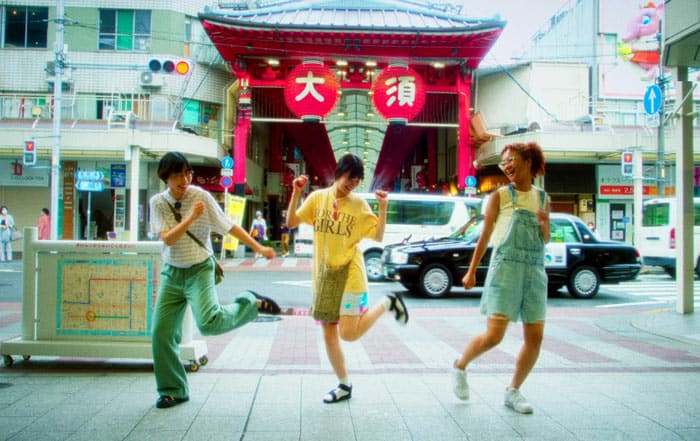
Spending the majority of its runtime in arduous limbo, ‘Plastic' is swift and absolute in its change of trajectory after barely forty minutes of establishing its two principle characters. Plagued with a stilted script and absent yet awkward chemistry between Ogawa and Fujie, Miyazaki's first act topples as soon as it begins: one year on the stark reality of the adult world brings Ibuki and Jun's romance to a near-immediate halt, with their sonic connection hanging by a thread; as the questionable spark diverges into obscurity so too do their paths, with Ibuki leaving for university and Jun struggling to make ends meet trying to get his music heard. But though the events leading up to the lackluster tumult the film then fixates upon aren't entirely forgotten, it is as though they never happened, with time and memory left in situ as the movie muddles its way from one baffling, meandering scene to the next. With its already tenuous narrative and pacing bogged down further once lockdown comes into effect, ‘Plastic' slides deeper into a state of tedious monotony. (JC Cansdale-Cook)
17. Short Film Review: Flashback Before Death (2022) by Rii Ishihara, Hiroyuki Onogawa

Cinematographer Hinata Ishihara uses a lot of mirror shots. Water and shards are used as reflectors that symbolize the look at the past and simultaneously play with our perception of reality. In combination with the morbid theme and zen-like soundtrack, “Flashback Before Death” reminds of the works of Akio Jissoji (“This Transient Life”, 1970), who also had a favor for reflection scenes. On the acoustic level, natural sounds like wind and water can be heard throughout the movie, underlining the mythological aspect and bridging the border between our world and the afterlife. The editing, done by director Rii Ishihara, is well-made and adopts a clever technique to confuse the viewer. The flashbacks are hard to separate from the present timeline and make it extra difficult to draw a clear line. This culminates in a feverish 360-degree montage towards the end in which the picture seems to dissolve. (Alexander Knoth)
18. Film Review: Tokyo Melody (1985) by Elizabeth Lennard

The Ryuichi Sakamoto of 1984 comes across as a quiet and pensive individual, one who's deeply philosophical about the world around him. The then thirty-two-year-old musician is an artist and observer, commenting on cultural and technological changes without passing judgement, content to move with the times but skeptical of what the future holds. Sakamoto's appeal as a person goes beyond his musical talents, as the man has a palpable aura and charisma, making him a magnetic figure. His seemingly effortless class and style follow him from the streets of Tokyo to the depths of the studio as he nonchalantly strings together experimental melodies on impossibly complex bits of equipment. (Tom Wilmot)


